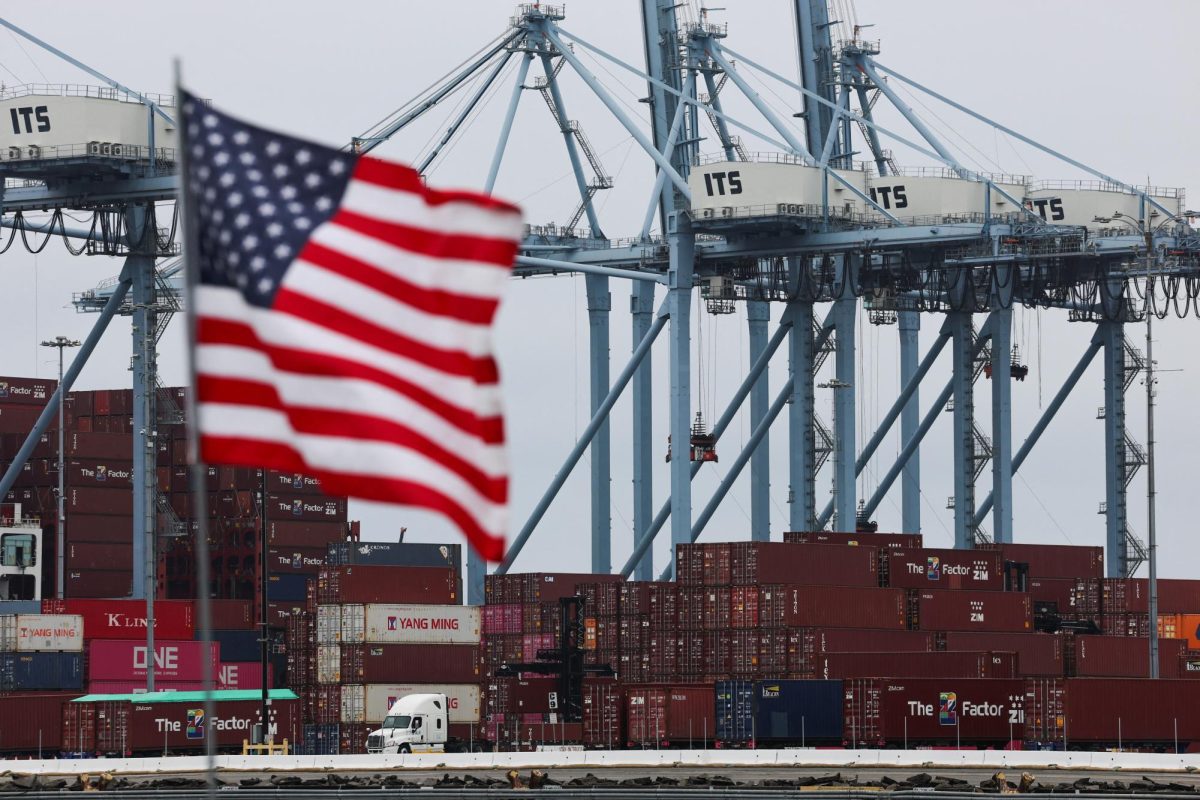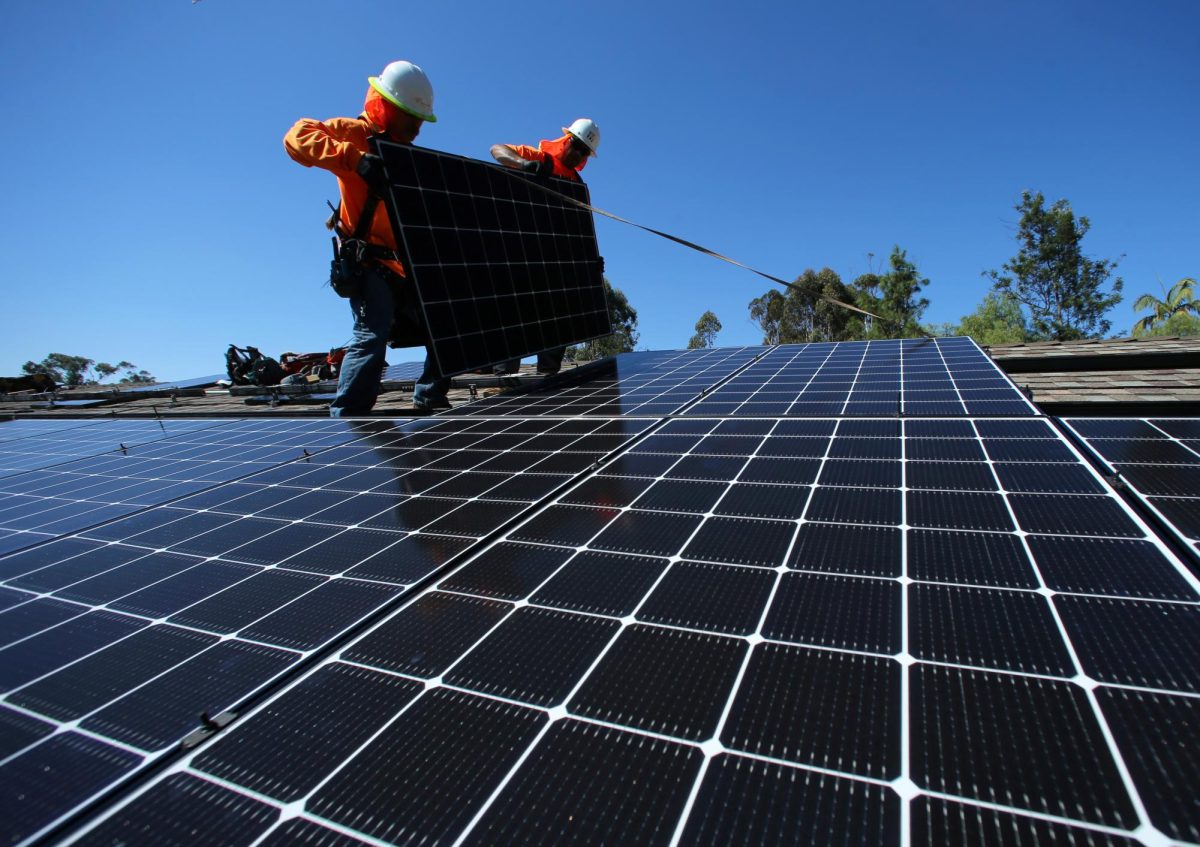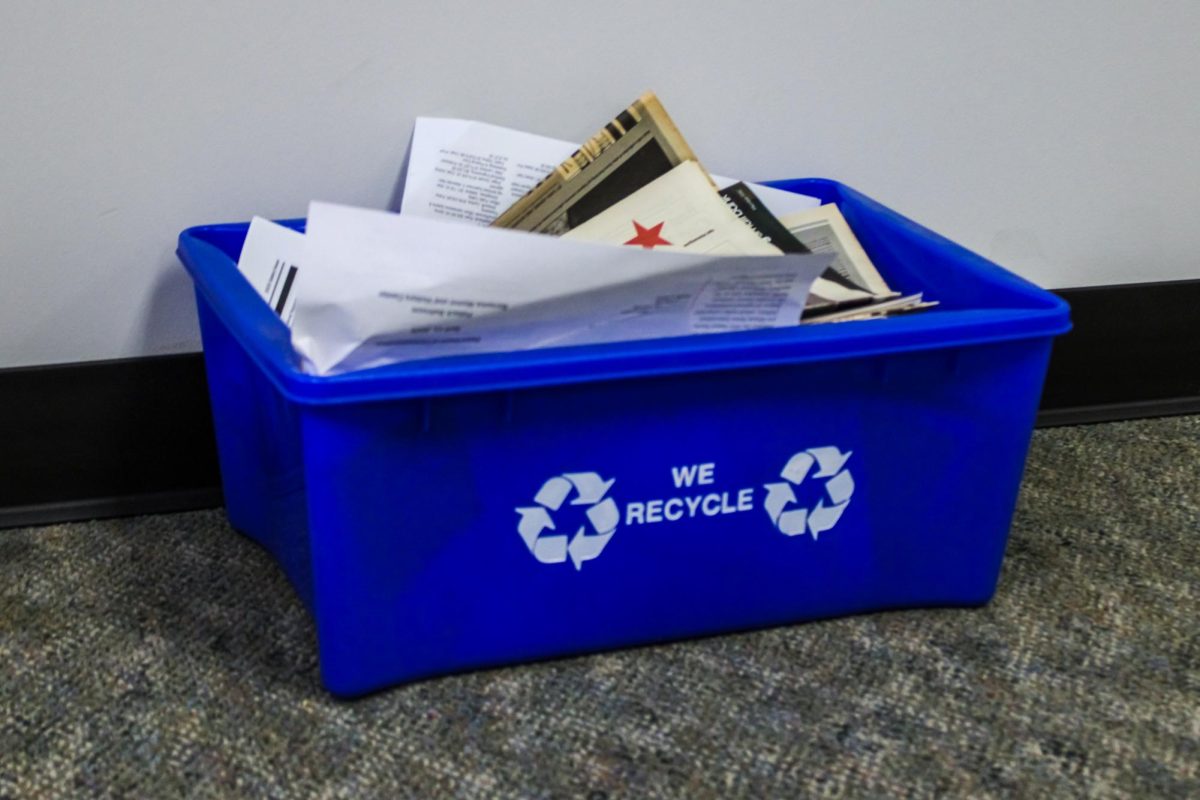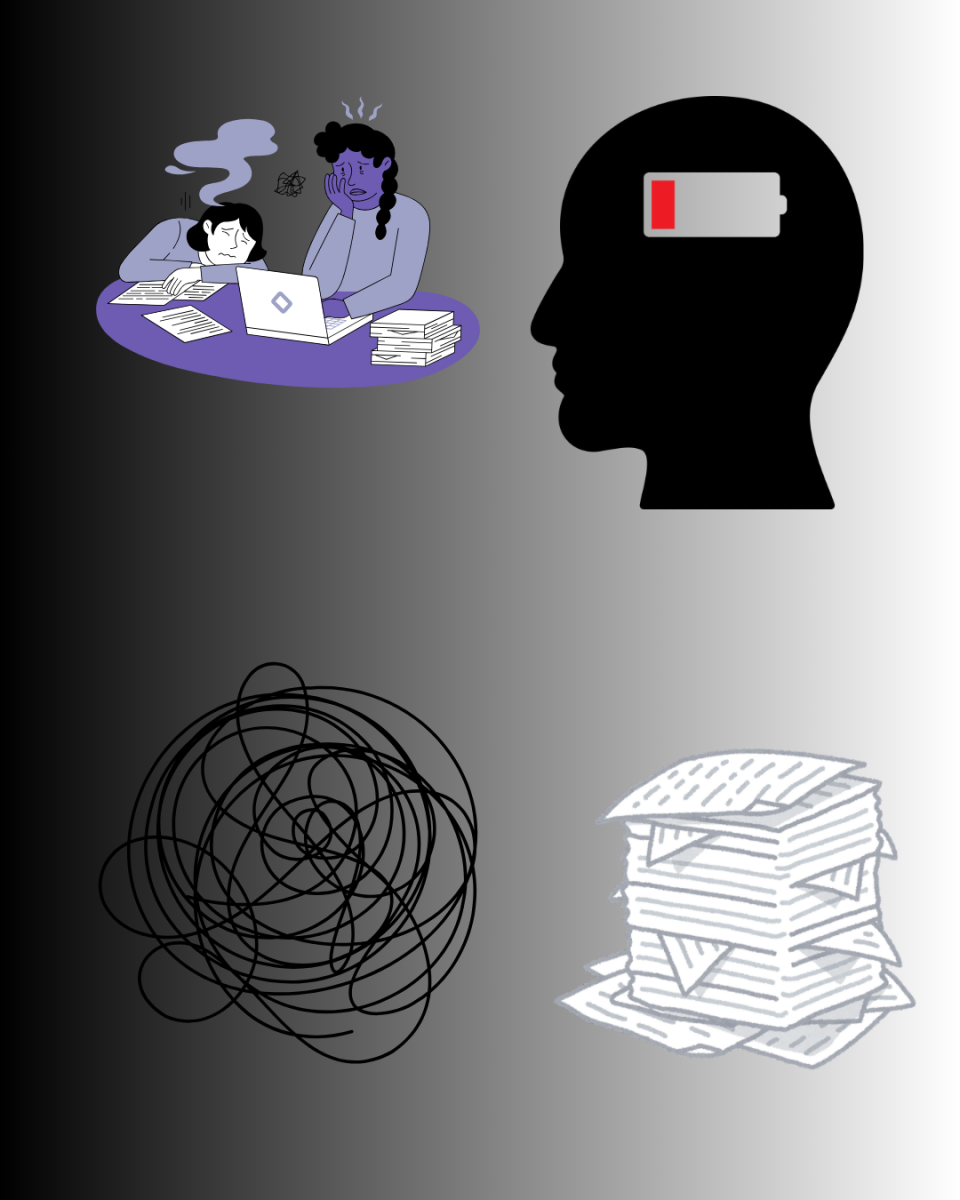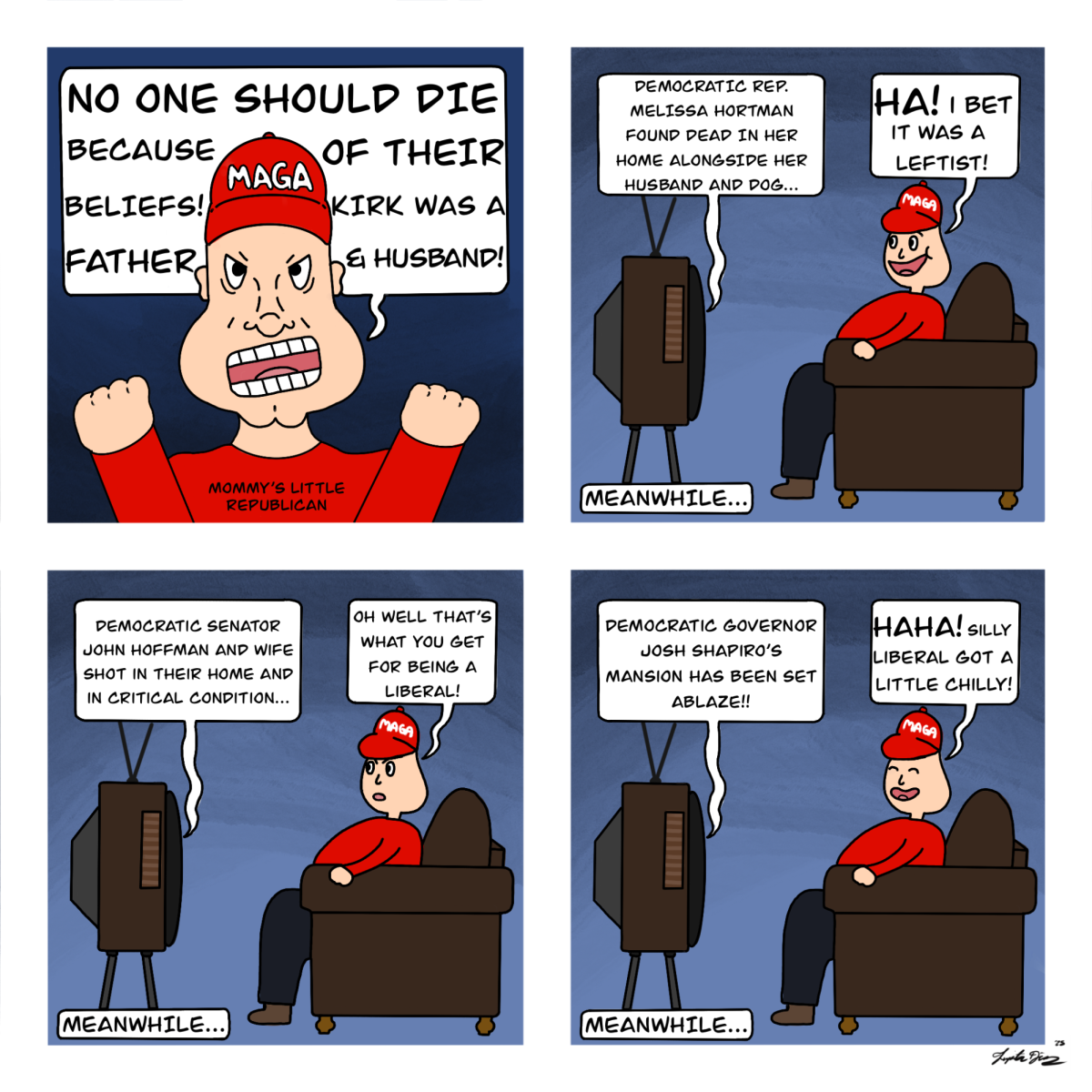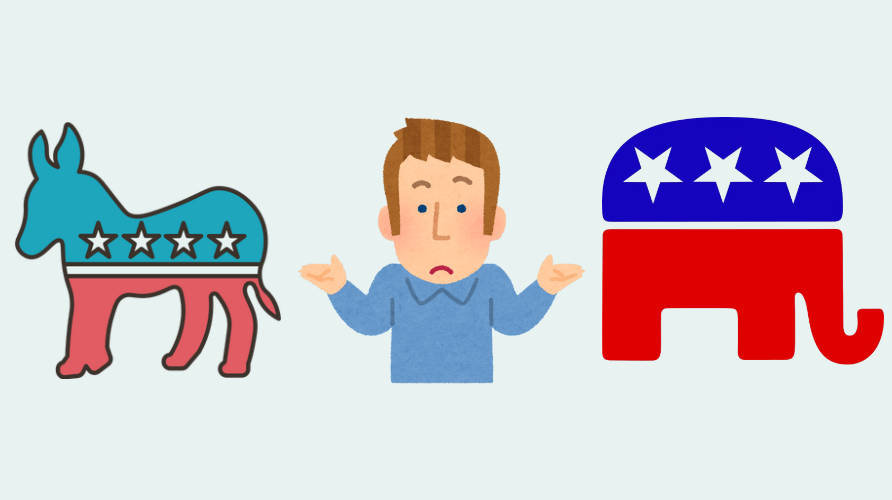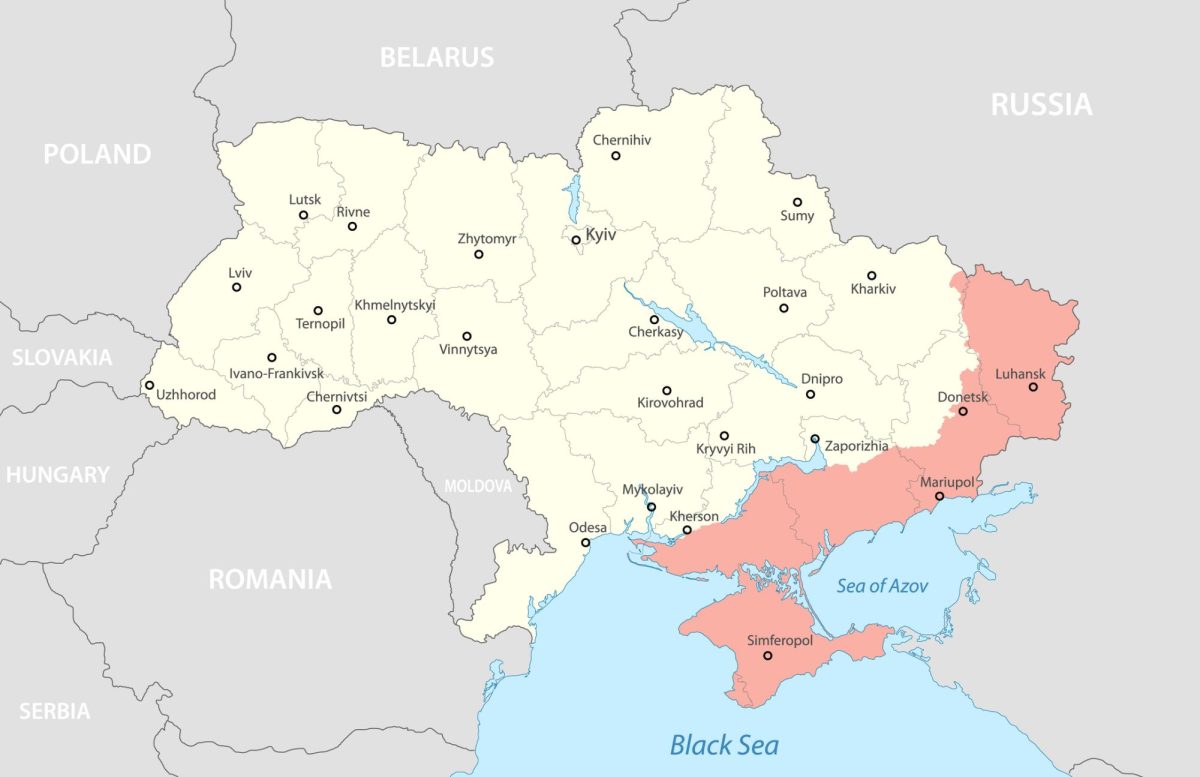One reason President Donald Trump has ordered tariffs on foreign countries is to boost American manufacturing and make the U.S. more self-sufficient. Though there are legitimate issues with free trade, self-sufficiency is an unrealistic goal for the modern U.S.
The Rust Belt is an example of the problems Trump seeks to address. Once a region dominated by the coal, steel and manufacturing industries, many manufacturers found that domestic labor and materials in the U.S. were too expensive and began looking for alternatives, particularly in foreign countries. This concept is known as offshoring.
Jeremy Groves, an associate professor and chair of the Department of Economics at NIU, believes offshoring is the problem.
“I think that’s part of the problem the U.S. is going through right now, is that transition and that concept of offshoring. When we do that in the name of free trade, in the long run, everybody’s going to be better off. The problem is, we all live in the short run,” Groves said. “Yes, in the long run, everybody’s going to be better off, but in the short run, you have families who have relied on those manufacturing jobs forever. You have people who have made choices when it comes to careers and training, under the assumption that that manufacturing job is always going to be there. When it gets offshored, that’s gone now.”
Offshoring began in the late 20th century, and the region never recovered. It is unsurprising why Trump’s promise to restore American manufacturing is appealing to voters.
However, the underlying causes of offshoring cannot be addressed with tariffs. Business for manufacturers is still less expensive in foreign countries than the U.S., and restoring rotting factories to modern standards takes a lot of time and money.
Moreover, the concept of comparative advantage – when two countries trade goods the other country is better at producing – makes free trade too appealing for businesses and foreign countries to bow to Trump’s tariffs.
For example, in the 1800’s, Portugal was able to produce wine at a lower cost than England, who in turn made cloth at a lower price than Portugal. The two countries traded their cheap goods with each other, ultimately consuming more wine and cloth through trade than if they had remained isolated.
This principle has driven trade for thousands of years, and the U.S. is no stranger to it as one of the largest producers and exporters of cotton in the world. In turn, the U.S. imports products made cheaper in other countries, such as cars, oil and furniture.
Material goods are not the only thing the U.S. is good at producing, as Groves said,
“We are really good in this country at creativity. We are really good at services. We are really good at innovation and we are really good at design and research,” Groves said.
However, the U.S. cannot be good at producing everything; there are so many products and services Americans consume that the country would have to stretch its resources thinner than it possibly can. Furthermore, U.S. industries would have to compete with giants in their respective fields, such as China and Vietnam’s powerful manufacturing industries.
The people of the Rust Belt should never have been abandoned, but the factories they once depended on are unlikely to return. A better option would be to help them adapt to the current economic reality by retraining them in industries the U.S. now dominates.
Instead, Trump seems to believe that he can make the U.S. significantly less dependent on trade and retain its economic strength by turning the clock back to the Gilded Age. He is sorely mistaken if he believes this can be done in just four years, if ever.


